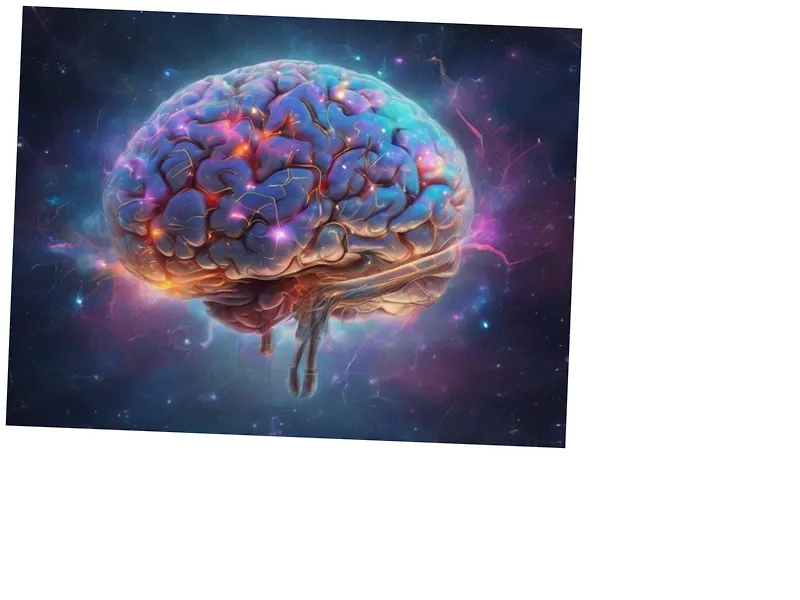Understanding Memory: A Dynamic Process
Memory is a crucial aspect of human cognition, serving as a repository for our experiences and information. Recent research from the University of Basel has uncovered that our brains do not simply create a single copy of a memory; instead, they generate multiple parallel copies. These copies are stored in the hippocampus, a vital area of the brain responsible for learning and memorization. The study emphasizes the complexity of memory storage, revealing that these copies can be modified over time and may even be deleted.
The Role of Neurons in Memory Storage
The research, led by Dr. Flavio Donato, utilized mouse models to explore how nerve cells interact during memory creation. The findings indicate that memories consist of three distinct groups of neurons, each developing at different stages. The first group, generated by newly formed neurons, is initially weak but strengthens over time. Conversely, the second group, formed by late-onset neurons, is strong at first but diminishes if not accessed regularly. This intricate system allows for a more stable version of memory to emerge, showcasing the brain's remarkable adaptability.
The Implications of Memory Flexibility
The study highlights the brain's plasticity and its remarkable capacity for memory storage. According to the research, the ease of modifying memories depends on which neural version is activated. Memories stored by late-onset neurons are more adaptable and can incorporate new information effectively, while those stored by early neurons are more stable and resistant to change. This flexibility in memory management allows the brain to balance recent experiences with older memories, enhancing our overall cognitive function.
- The implications of this research extend beyond academic interest; understanding how our brains store and retrieve memories can have practical applications in fields such as psychology, education, and even artificial intelligence. By leveraging insights from this study, educators could develop more effective teaching methods that align with how memories are formed and retained. Additionally, therapeutic strategies for memory-related disorders could be refined, offering hope for individuals struggling with memory loss.






